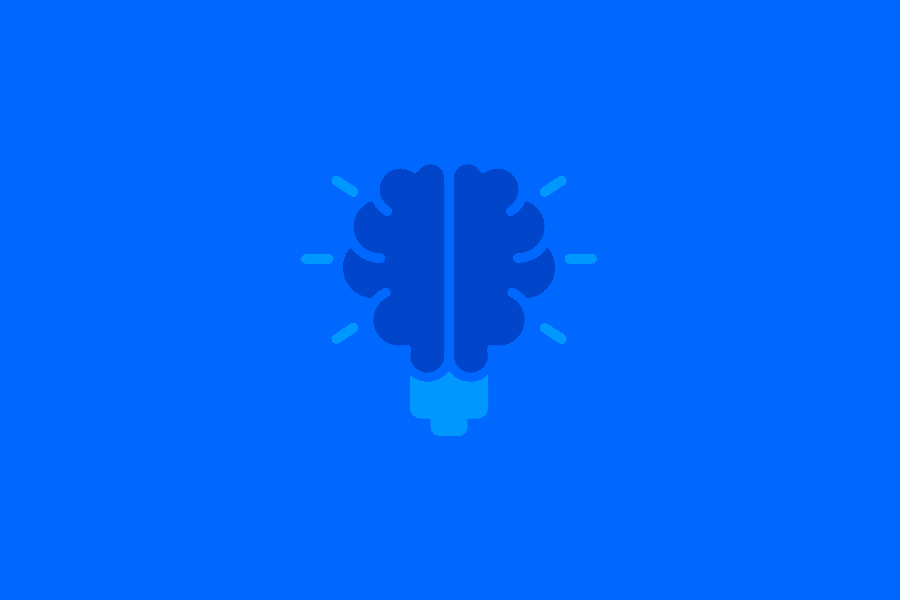
Malcolm Gladwell’s bestselling book, Blink: The Power of Thinking Without Thinking, has a provocative thesis. Contrary to commonsense, which warns against “snap judgments,” Gladwell argues that, often, our automatic, largely unconscious way of making decisions throughout the day is a fairly reliable way to navigate life in the modern world. “There can be as much value in the blink of eye,” writes Gladwell, “as in months of rational analysis.”
You better believe that visitors to your website are judging your brand’s competency within seconds. Actually, some studies suggest it takes as little as 50 milliseconds (1/20th of a second) for a visitor to decide whether to stay on your site or click away.
Well-designed websites, constructed with the user experience (UX) in mind, have the ability not only to keep visitors on your site, but to build the kind of rapport that leads to long-term loyalty. Poorly designed websites, on the other hand, are the digital equivalent of a brick-and-mortar store with stuck doors, broken windows and leaky pipes dripping puddles on the floor. Cue the horrified customers running to your nearest competitor, which, on the Internet, is only a few clicks away.
Here are some of the most important principles for improving your own site’s UX design and, ultimately, winning over audiences to your cause.
Design for an overarching objective.
What’s the number-one thing you want visitors to your website to do? Design for that. If you can’t answer that question, you’re likely not ready to make a website. Truly useful websites make it abundantly clear what they’re about. Consider the most-visited website in the world, not to mention the history of the internet, Google’s homepage.
It doesn’t matter that Google offers dozens of goods and services at this point in 2020. Google’s original and still-core product reigns supreme on their site: a lone search-entry blank and the buttons to activate it surrounded by plenty of white space; all other options are minimized and pushed to the margins.
Good UX design funnels visitors toward a clear action, whether that be buying a product, signing up for a service or reading a breaking news story. Websites without an overarching objective often suffer an identity crisis and end up putting their visitors through the “paradox of choice”—the feelings of frustration and fatigue that come from having too many options at your disposal.
Write for how the Internet reads.
The Internet has fundamentally altered how we read. “Reading a book from cover to cover” may have once been a popular proverb about thoroughness, but, given the vast wealth of info on the world wide web, no one’s got time for that. The speed of information-retrieval has replaced the virtue of thoroughness.
Nowadays, instead of reading, we scan. Eye-tracking studies have revealed that Internet-users “read” in an F-shaped pattern, mostly scanning headlines, subheaders and the opening sentences of paragraphs as a means to compensate for the overwhelming amount of information available online.
Smart UX design will accommodate such behaviors by frontloading the most important, topical, “load-bearing” information words toward the beginning of headlines and lead sentences, along the left-margin, where users are hoping to find them. Additionally, user-friendly websites will avoid long blocks of text in favor of shorter, easier-to-digest paragraphs with frequent breaks.
Chunking your content, making use of bullet-point or numbered lists and using white space to visually separate content allow visitors more “jumping-in” points as they furiously scan for what the information they’re after.
Invest in compelling visuals.
Remember earlier when you learned that visitors will judge your website in less than a second? A lot of that has to do with the visuals. For many visitors, if the visuals disappoint, then the site as a whole disappoints.
As humans, we’re wired to be visual creatures, favoring our eyes over all other senses, with more than 50 percent of the cortex—the surface of the brain—dedicated to processing visual information. Given our cognitive biases, then, it’s no wonder that we prefer beautiful, image-driven websites to less aesthetic ones.
Even within visual information, we have a clear preference for pictures over text. Our brains process images 60,000 times faster than words, which is why we can’t resist looking at the pictures before reading. It’s just easier on our brains. Knowing this, it’s important to invest in high-quality photography or videography that helps tell as much of your website’s story as possible, saving words for where pictures fail.
But visuals go way beyond pretty pictures. Consistent typography, color schemes, icons, negative space and clear hierarchy between elements are other aspects of visual design that shouldn’t be disregarded.
Clock your page speeds.
It’s not just that people don’t have patience for reading anymore. We don’t have patience in general. For better or worse, the Internet has cultivated a culture that has come to expect instant gratification. When it comes to your website, that means that approximately 40 percent of your incoming traffic will give up if your site takes longer than three seconds to load.
Page speed is the average time it takes for a page of content from your website to load. It’s also important because, for many search engines, it’s one of the factors that determines how well your site ranks in search results. Many helpful sites exist that will give you a measurement of your website’s page speed for free.
There are a host of things you can do to rev up your page speeds, though many of them require a decent amount of web background to execute. For example, you could enable file compression, optimize your website’s code, reduce the number of page redirects or leverage browser caching to cut down on page-load times. Another tactic is to make sure the file sizes of your website’s images are no larger than they need to be, though not at the detriment of featuring high-quality images, given their importance as mentioned above.
Don’t forget about mobile.
Certainly, you’ve experienced it before: a website that hasn’t been optimized for mobile. It takes forever to load, the text is illegibly tiny, the images are improperly formatted and buttons, menu options or hyperlinks are nearly impossible to click with regular-sized human fingers.
The sad part is that mobile traffic has made up more than 50 percent of all web traffic since 2015. That means that roughly one out of every two people visiting your website are likely viewing it on a smartphone. Is the experience visiting your website going to be as user-friendly for them as for someone visiting from a laptop?
The biggest difference between smartphones and computers is that smartphones favor scrolling through vertically stacked content whereas larger computer screens allow for greater variety in how a user navigates through a website.
There are two main design approaches for mobile-friendly websites: responsive or adaptive. Responsive design resizes the elements of your website to fit the resolution of the user’s device. Adaptive design is like having two different websites—one for computers and another for mobile. The former approach involves less work web development work overall and works across a range of screen sizes, while the latter has the potential to provide the best experience on mobile, particularly if that’s where the majority of your web traffic is coming from.
Fortunately, many CMSs, such as WordPress, Wix and Squarespace, offer mobile-responsive themes. If you’re using one of these to build your website, make your theme is mobile-friendly.
Feeling out of your depth?
If the thought of redesigning your site for optimized UX induces a headache, don’t panic. There are numerous creatives, specifically UX writers and web designers, who can give your organization’s website the makeover it needs.
Professional matchmaking services like FlexTal, Upwork, Toptal or Communo can connect you with the relevant expertise in short order. Simply tell them what you kind of project you need completed and they’ll tap their database of skill-based professionals to find the right talent for your task. Some of these services will even help you with the scoping and quoting of your project so that your needs are clearly defined and more likely to be met with satisfying results.
Whether you handle it in-house or opt to hire an expert, thoughtful web design can be the deciding factor between landing new sales, leads, readers … you name it. Get started today!
Mitchell Terpstra is a writer, marketer, and digital strategist for brands across diverse industries. He lives in Los Angeles, CA. You can view his website here.



